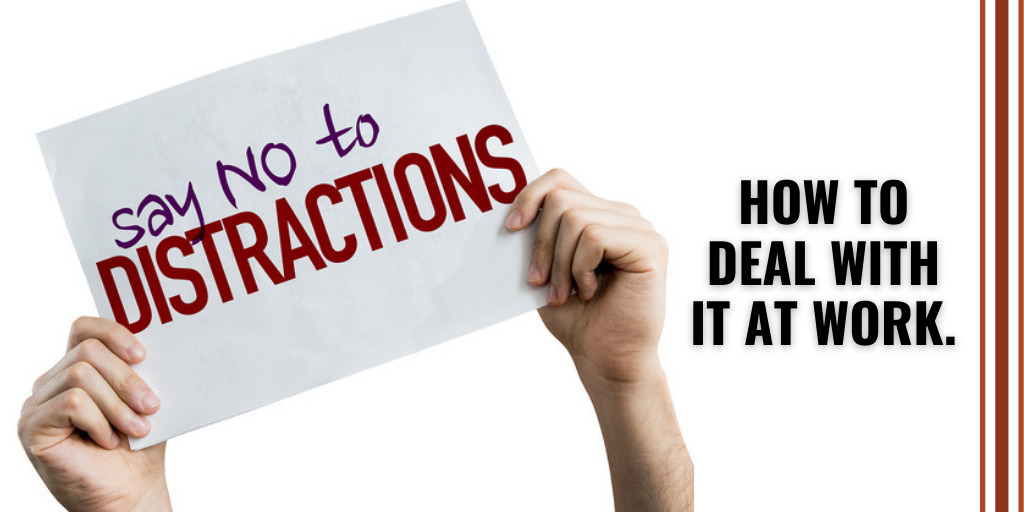Workplace distractions can affect anyone and any job. It is common knowledge that workplace distractions often lead to the loss of productivity and quality of work. Once you have been distracted at work, it can also take you a considerable amount of time to re-focus. Therefore, it is vital that everyone is able to identify their ‘distractions’, the risks they may pose to your productivity and safety, and learn how to address these distractions (W.Morrison 2013).
General Workplace Distractions
Our workplaces can be busy – a lot is going on, and many potential distractions are being created. While some people can thrive in a bustling workplace, others prefer a quiet space where they can work with interruptions.
We often create many of our distractions. Here is a list of common self-imposed distractions and ways you can address them:
Fatigue: Tiredness or ‘burn-out’ not only reduces your quality of work; it also affects productivity and attentiveness. Ensure you are taking regular short breaks from your work to reset your mind or get some fresh air. Also, ensure that you take good care of your sleep, diet and exercise (Stein 2018);
Social Media and Browsing: The world demands our attention 24/7, and it is very easy to get distracted by checking our social media or the latest headlines. Try to keep the use of social media to your break times. Consider blocking notifications or use a distraction-free app on your mobile to reduce the temptation to pick up your phone;

Personal distractions: Workplace distractions are not always work-related. Some distractions are brought into the workplace from outside events or situations such as financial problems, health issues, or simply having a bad start to the day. It is important that you are aware of your mental wellbeing and to seek assistance if needed;
Confusion and self-doubt: Confusion about a job can lead to procrastination and the creation of self-distracting activities or un-productive busy-work. Try instead to break down a job into manageable tasks and seek clarification from your supervisor or co-workers where appropriate;
Clutter: A disorganised, cluttered desk or workspace can be considered a distraction and is often believed to contribute to stress and anxiety. Take the time to tidy up your workspace at the start or end of the day, implement a system of organisation and remove any unnecessary items (Business News Daily 2020);
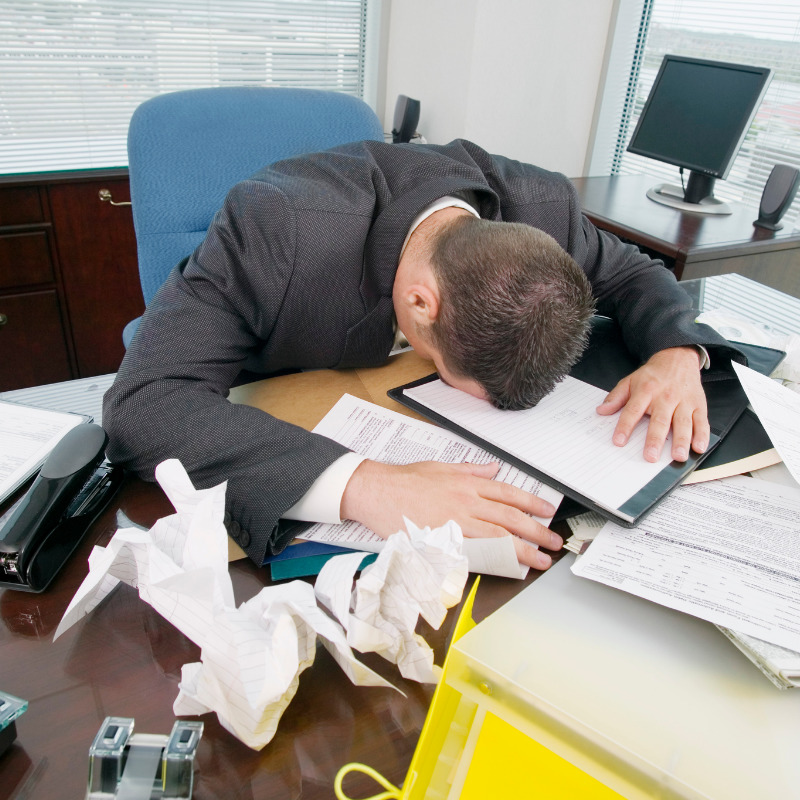
Emails: Many emails are not important and can take time away from productive tasks. To effectively manage your emails, try: scheduling set times to check emails, implement email protocols such as categorising or auto-filing, and subscribe from unnecessary emails (Mind Tools 2016);
Time-fillers and unproductive work: Sometimes, we get caught up working on tasks that are not necessary due to our biological need to be busy. Remind yourself regularly of your priorities by maintaining a task list or planning your day ahead of time (Stein 2018).
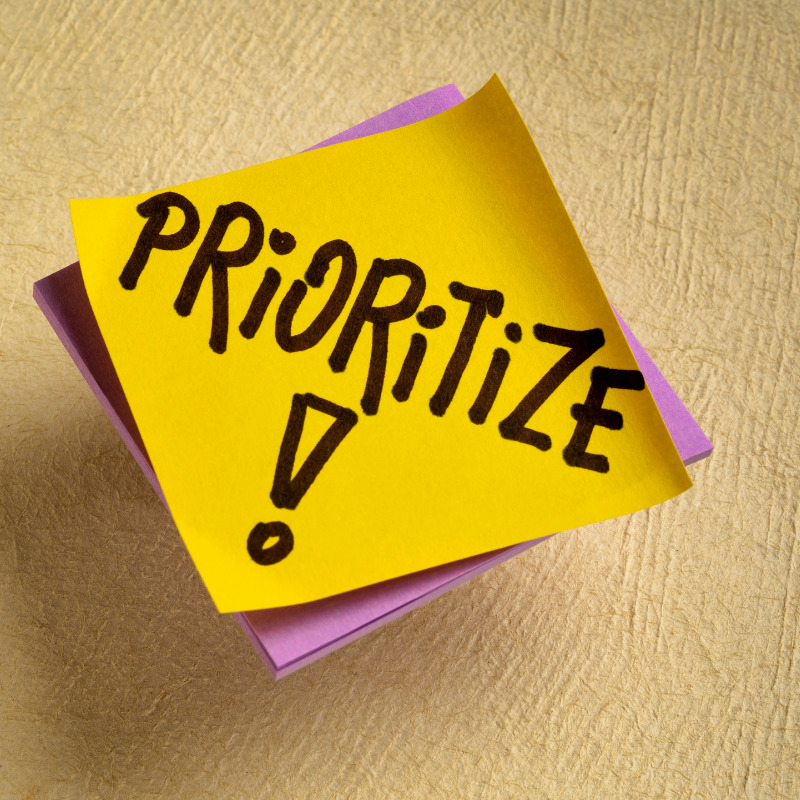
Other distractions are out of our control, especially if you work in an open-plan office or a loud, busy workplace. While there are some techniques you can use to address the impact of external distractions for yourself, other distractions may require collaboration with employers and teammates.
- Noisy co-workers: Some co-workers are just loud (and may not be aware of it), and it can make focusing on a task difficult. Try speaking to your co-workers about this issue;

- Interruptions by other workers: Try finding a technique that broadcasts to your co-workers that you are working on a sensitive task and you do not wish to be distracted. Whether that be moving to a private room, closing the door, putting up a sign or putting on headphones – just make sure that your co-workers are aware that this action means ‘do not disturb’. But remember you cannot spend all day closed off from your co-workers, so you should schedule some time in your day to interact with others;
- Noise from meetings or teamwork: Team collaboration is important in the workplace; however, it can be a distraction if you are not involved in a particular collaboration but can still hear it. Try to drown out the distraction of collaborating co-workers by using headphones or moving to a quieter space if possible (Pelta 2019);
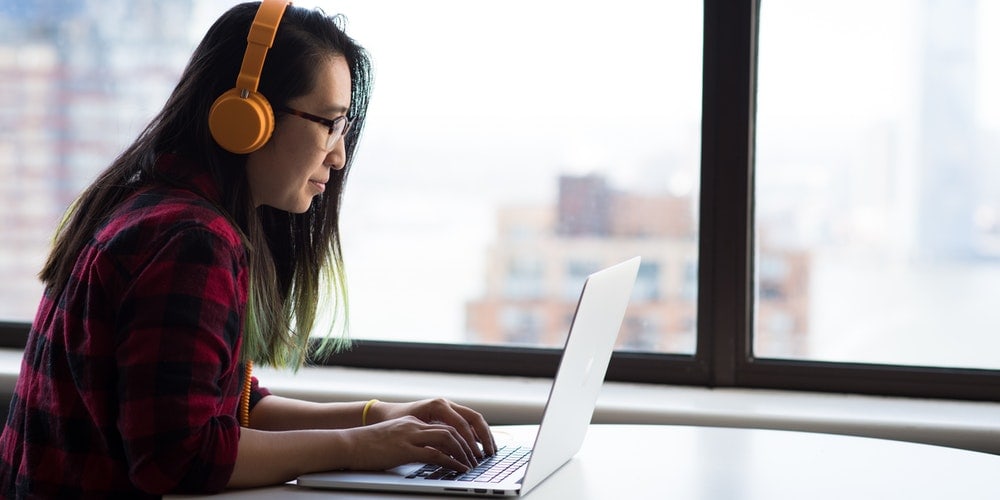
- The work environment: If we are not comfortable, we can often be easily distracted. It may be hard to focus on work if we are distracted by a faulty light, strong smells from the kitchen or uncomfortable seating. Work with your supervisor or co-workers to address environmental distractions because if you are getting distracted by something, then it is likely that others are also being distracted.

Addressing these types of distractions often requires a team effort. Therefore, please remember to check whether your own actions are also distracting others.
Workplace Distractions & Safety
Distractions in the workplace not only affect productivity but can also pose a significant safety risk. Distracted workers may not be able to recognise hazards efficiently, which can lead to accidents and injuries. While a workplace may not be able to eliminate all distractions, there are ways to minimise the risks of distractions (W.Morrison 2013).
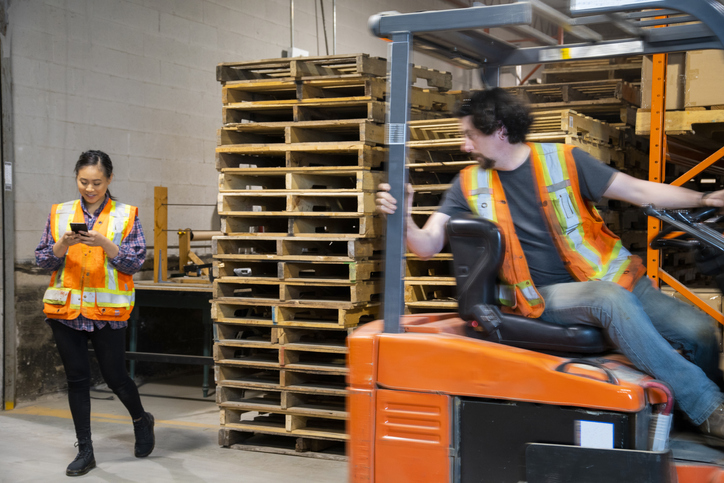
There are a number of tools that workplaces can use to help manage workplace distractions and promote safety awareness amongst their employees, including:
Addressing distractions in job training. While new workers should be encouraged to ask questions about their work, it is also important that these workers are aware that they should not interrupt other workers when they are conducting a sensitive or potentially dangerous activity (Safety Manual OSHA 2019).
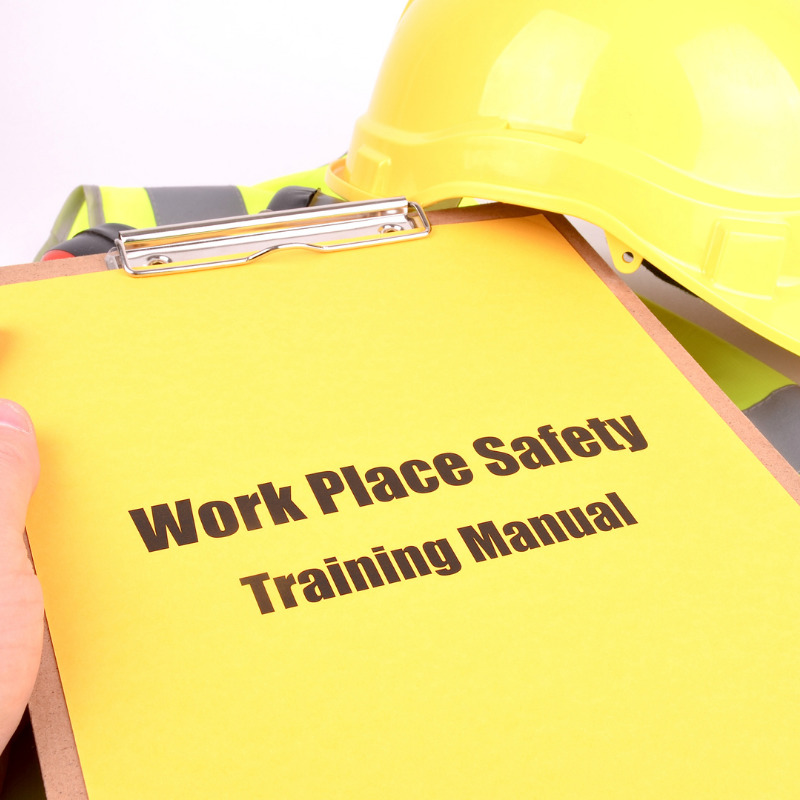
Conducting risks assessments on work processes. Try to minimise or address potential causes of distractions such as loud noises, worker fatigue, or unnecessary workflow interruptions;
Designing work processes that:
- Allow for sufficient short breaks or micro-breaks;
- Address potential hazards as identified in a hazard assessment.
Observing and talking with your employees to find out what is distracting them and work together to address the distractions.
As employees, we must be aware that even though a particular job may have a tight deadline and the pressure to complete the job is high, we must not forget our safety training or ‘take shortcuts’. Workplace processes are implemented for a reason (often to promote safety and ensure the quality) and should not be ignored because of a deadline.
While it may seem counter-intuitive, taking some time to reflect on your productivity and identify distractions in your workplace is actually an important step in improving job effectiveness. We are all accountable for our own actions at work. However, many workplace distractions should be discussed and addressed as a team. Surprisingly enough, productivity can be contagious (Business News Daily 2020).
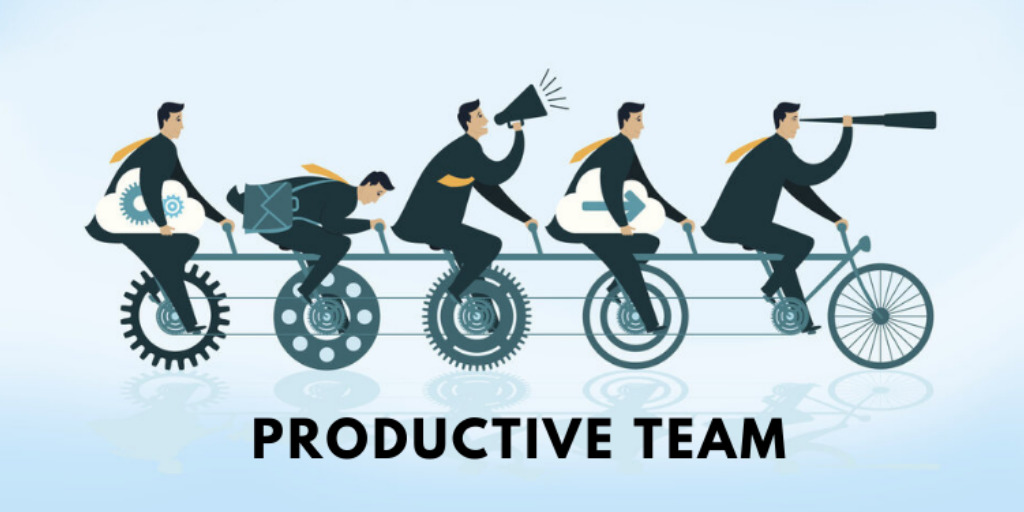
If you need assistance with your workplace Safety Culture or discussing Workplace Distractions with your team, Integrate Sustainability is here to help. Contact us by email – enquiries@integratesustainability.com.au or call us on (08) 9368 0338.
References
Business News Daily. 2020. 10 Distractions That Kill Workplace Productivity. February 14. Accessed May 11, 2020. https://www.businessnewsdaily.com/8098-distractions-kiling-productivity.html.
Mind Tools. 2016. Minimising Distractions. Accessed May 11, 2020. https://www.mindtools.com/pages/article/distractions.htm.
Pelta, Rachel. 2019. Workplace Distractions Reduce Employee Productivity. September 28. Accessed May 11, 2020. https://www.flexjobs.com/blog/post/workplace-distractions-types/.
Safety Manual OSHA. 2019. WORKPLACE DISTRACTIONS. June 25. Accessed May 11, 2020. https://www.safetymanualosha.com/workplace-distractions/.
Stein, Scott. 2018. Five common workplace distractions and how to tackle them head-on. July 19. Accessed May 11, 2020. https://www.smartcompany.com.au/people-human-resources/productivity/five-common-workplace-distractions-and-how-to-tackle-them-head-on/.
W.Morrison, Kyle. 2013. Distracted on the job. May 1. Accessed May 11, 2020. https://www.safetyandhealthmagazine.com/articles/distracted-on-the-job.

